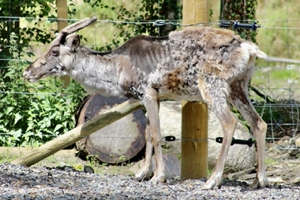
For the last weekend of July, my family and I embarked on our second trip to Donegal in three years, as we wanted to visit Wild Ireland again to see the bears and other animals as well as the changes made since our previous visit, and then Tory Island as we wanted to see a corncrake, and also because it was my parents’ wedding anniversary.
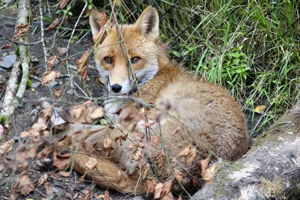
We left home early on Friday morning as we made the long drive up to Wild Ireland, having some lunch along the way. We arrived at Wild Ireland shortly after 1pm, and we immediately saw that something was different, as there was a new entrance with a statue of a bear next to it. We were lucky to get to meet the park’s owner and founder, Killian McLaughlin, and spoke to him for a few minutes before he went back inside the park and we entered, buying the park’s new guidebook as we showed the tickets. The new entrance brought us into a new area of the park – an expansion since our last visit, with new animals and enclosures. There was a new indoor exhibit with barn owls, as well as brown rats, house mice, corn snakes and cockroaches, coupled with a nocturnal exhibit for hedgehogs, as well as a colony of honey bees. There was also a new enclosure for rabbits (including a glass dome from which children can view the rabbits from below) and an ‘Ice Age’ exhibit with animals that used to live in Ireland during the Pleistocene, including reindeer, snowy owls, and an Arctic fox. After buying ourselves some ice cream at the park’s new café, we entered the new wallaby walkabout exhibit, home to a group of Bennett’s wallabies (and we were lucky to see a joey peeping out of its mother’s pouch), followed by enclosures for fallow deer, an Irish hare, and the park’s red foxes.
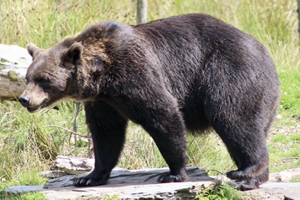

We eventually came to the brown bears’ enclosure, and I didn’t hesitate to take a bear-sized load of photographs of them again. There are now just two bears in Wild Ireland, Donnacha and Rionach; their sister Aurnia unfortunately passed away shortly after our last visit in 2020. While observing Donnacha and Rionach, we watched the two sparring with one another on two occasions – most likely these were just friendly tussles. At the time of writing, the park is developing a new enclosure for two bears, Buu and Tiopa, who are currently living in too-small cages in Russia. Their enclosure will be situated behind Donnacha and Rionach’s. We stayed for the keeper talks at the lynx, wolves, and finally the bears. Then we continued to explore the already existing side of the park where the wild boar, otter, macaques, cranes, red deer, etc. were before. Here, there was also a new enclosure for raccoon dogs, and a pair of silver foxes in the enclosure where the red foxes were last time. We then popped back over to the bears one more time before heading back to the café to get ourselves some hot drinks. Just as we were about to leave, we saw the Irish hare up and about and snapped a tonne of photos of it. As we were about to leave, I bought myself some souvenirs, including a copy of the accompanying book for BBC’s Wild Isles that aired back in March.
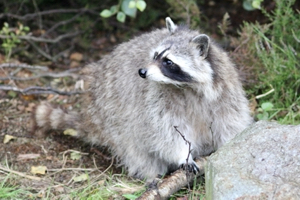
The following morning, we packed all our bags into the car and drove off to get the ferry to Tory Island, taking only whatever we needed for the island before boarding the ferry and traversing some rocky waves as we sailed towards Tory. We began exploring the island aided by a map provided by the hotel. Puffins and eider ducks can also be found on the island, but I was mainly interested in the corncrake. We learned that the corncrakes mainly hang out among the beds of nettles and thick vegetation around the houses, so I had a good look at each nettle bed to see if we could spot anything. There were lots and lots of rabbits to be seen here and on much of the island, but no sign of a corncrake (hardly surprising, given the corncrake is an endangered species in Ireland, and they were most likely paired up by this time). We took the path leading to the west side of the island where the lighthouse was. As we walked across the rock-laden land near the lighthouse, we saw a couple of ringed plovers in the distance, one of which appeared to use the “broken wing” display which plovers are well known for using to protect their eggs/chicks. The route took us back to the main town and the hotel, where we relaxed for a while. After dinner, we took the road to the east side of the island, along which I spotted a chough strolling among the hilly, boulder-ridden landscape looking for food, and we managed to snap several photos of it.
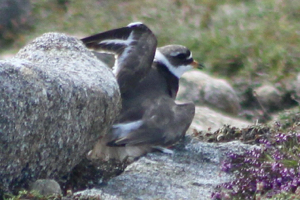
The next morning, we got up before 6am to try our luck with finding the corncrake, but (surprise, surprise) we could neither see it nor hear its distinctive ‘crex-crex‘ call (which gave the species’ its scientific name). We did spot a bird that seemed to be the right shape and size for a corncrake as it ran behind a shed, only to see moments later that it was in fact a moorhen, which belongs to the same family. After breakfast, we headed east again to explore the piece of land that almost seems cut off from the rest of the island. It was here where, according to the map, puffins are to be seen on the cliffs, though at this point they may have all flown out to sea now that breeding was over. It was also here where the “Wishing Stone” can be found; according to legend, the stone grants wishes to only the most foolhardy enough to step onto the stone, as well as those who successfully throw three stones in a row onto it.

After heading back to the hotel for lunch, we decided to head towards the east side again, but this time we took the right turn at the ‘fork’ along the way, towards ‘An Baile Thoir’. We stopped at a large field where we could see a flock of tree sparrows. As I observed the sparrows through my binoculars, Dad suddenly whispered ‘David! David! Look!’ (similar to when I saw my first badgers last year), and as I put down my binos, I saw a small yellowish bird, no bigger than a hen, fly off into the field from right where we were standing. It was a corncrake! After it flew into the field, Dad tried snapping photos of the bird with its head peering from the grass before we headed towards Loch an Cheann Thoir. We later headed back to the field to see if the corncrake was still there, but it was nowhere to be seen, so I was hopeful that we had at least photographed it. Unfortunately, none of the photos we snapped featured the corncrake – only the sparrows. Disappointed, I decided to go back to that field after dinner despite the lashing rain just to see if I could spot the bird, and if so, snap it. I didn’t stay too long though as the rain was far too severe – my boots and socks were completely drenched by the time I got back to the hotel. With no photo of the corncrake I decided that, after I got back home, I would recreate the moment just before the corncrake flew off into the field with a drawing instead.
Monday morning, as we sailed back to the mainland, I tried taking pictures of the island. The boat ride proved to be much bumpier than travelling to the island, with huge waves sending the boat rising and falling like a rollercoaster. Back on the mainland, I said goodbye to my parents before boarding an Expressway bus from Donegal town back to Dublin. Overall, this Donegal trip was quite an eventful one; I enjoyed seeing the animals of Wild Ireland again, and despite our failure to photograph the corncrake on Tory Island, we at least saw it, which is the main thing.

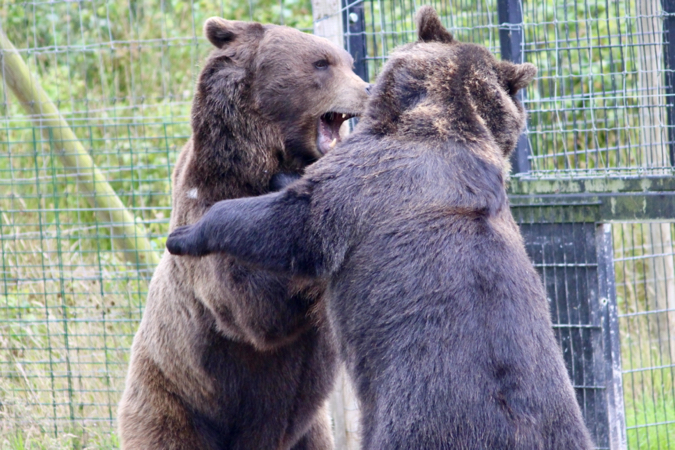
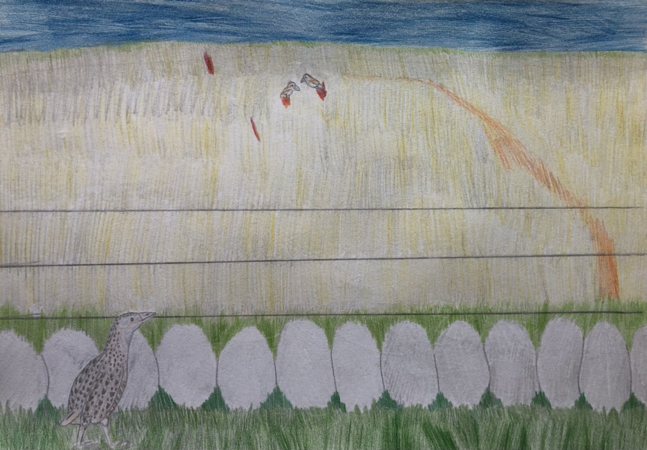

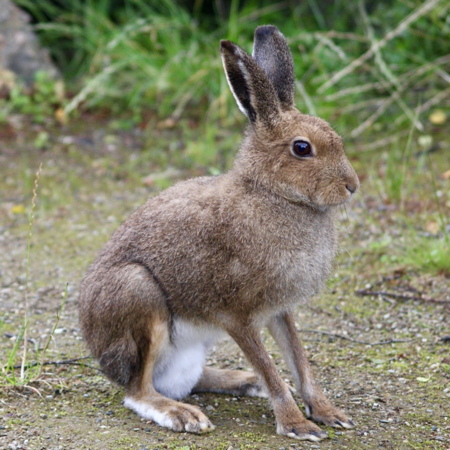
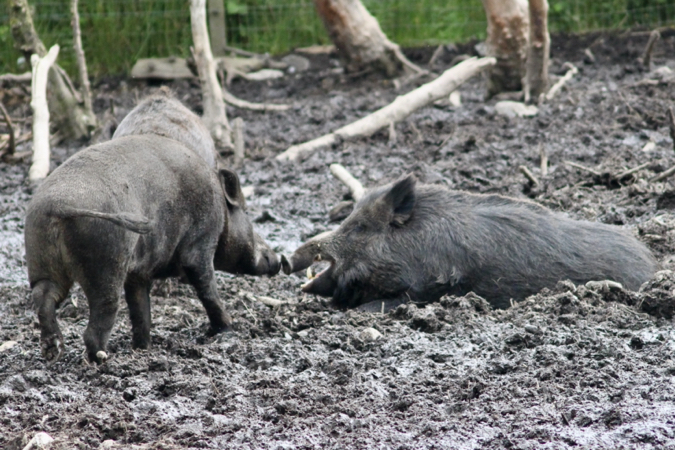
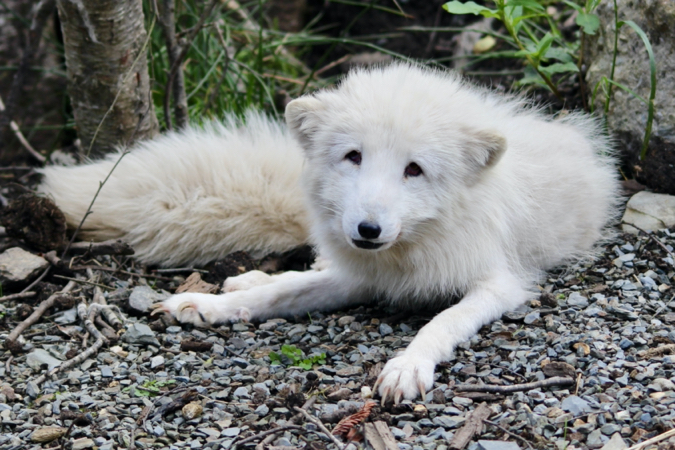
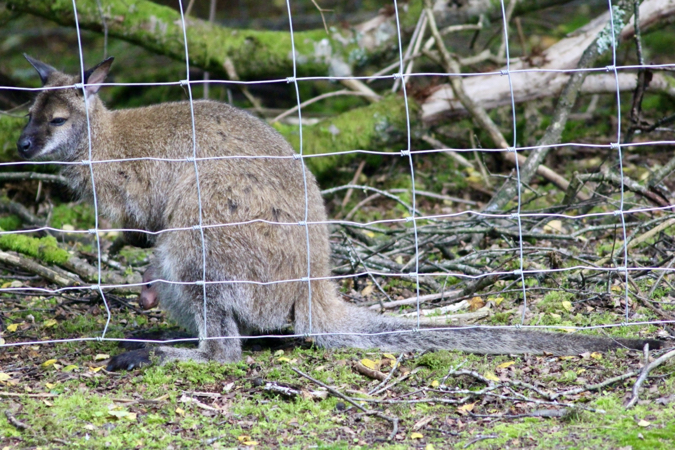
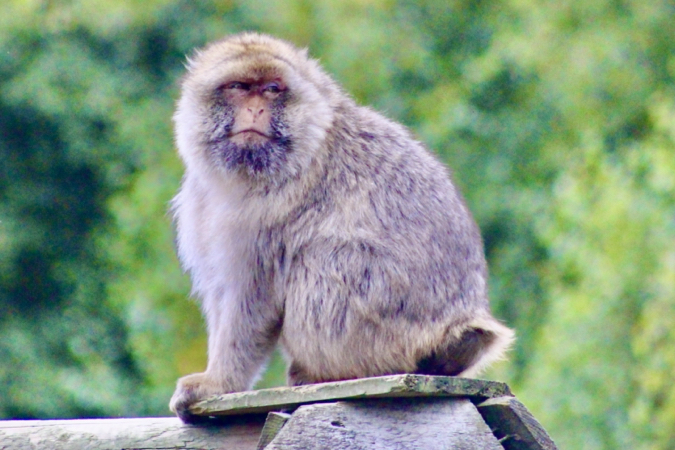

Leave a Reply
You must be logged in to post a comment.